5 pioneer women in design
I always love to read about great designers life story, their biography, learn how they started and get inspired by their innovations and hard work. In this post I would like to tell about 5 pioneer women in design: Charlotte Perriand, Aino Aalto, Greta Grossman, Ray Eames and Florence Knoll.
They changed the schemes of their time, not only with groundbreaking new ideas but also because they had to work tirelessly to get through a world conventionalism that they broke apart. I hope learning about these pioneer women inspire you so much as it did for me.
Charlotte Perriand
Charlotte was a french architect and design born in Paris (1903-1999). We cannot understand modern design without her, inspired by Japanese minimalism, she was the first in creating functional living spaces introducing comfort and well-being in home.
Her interiors had always the people as central focus, combining materials, function and ergonomics for the best well-being of their occupants. Since she was a designer too, she developed all the furniture for her interiors, thinking in modularity, production, honest materials, many times using local artisans and traditional techniques with a new modern touch.
Charlotte has done a real influence on me, her designs always give so much inspiration on simplicity, tradition, materiality and functionality.
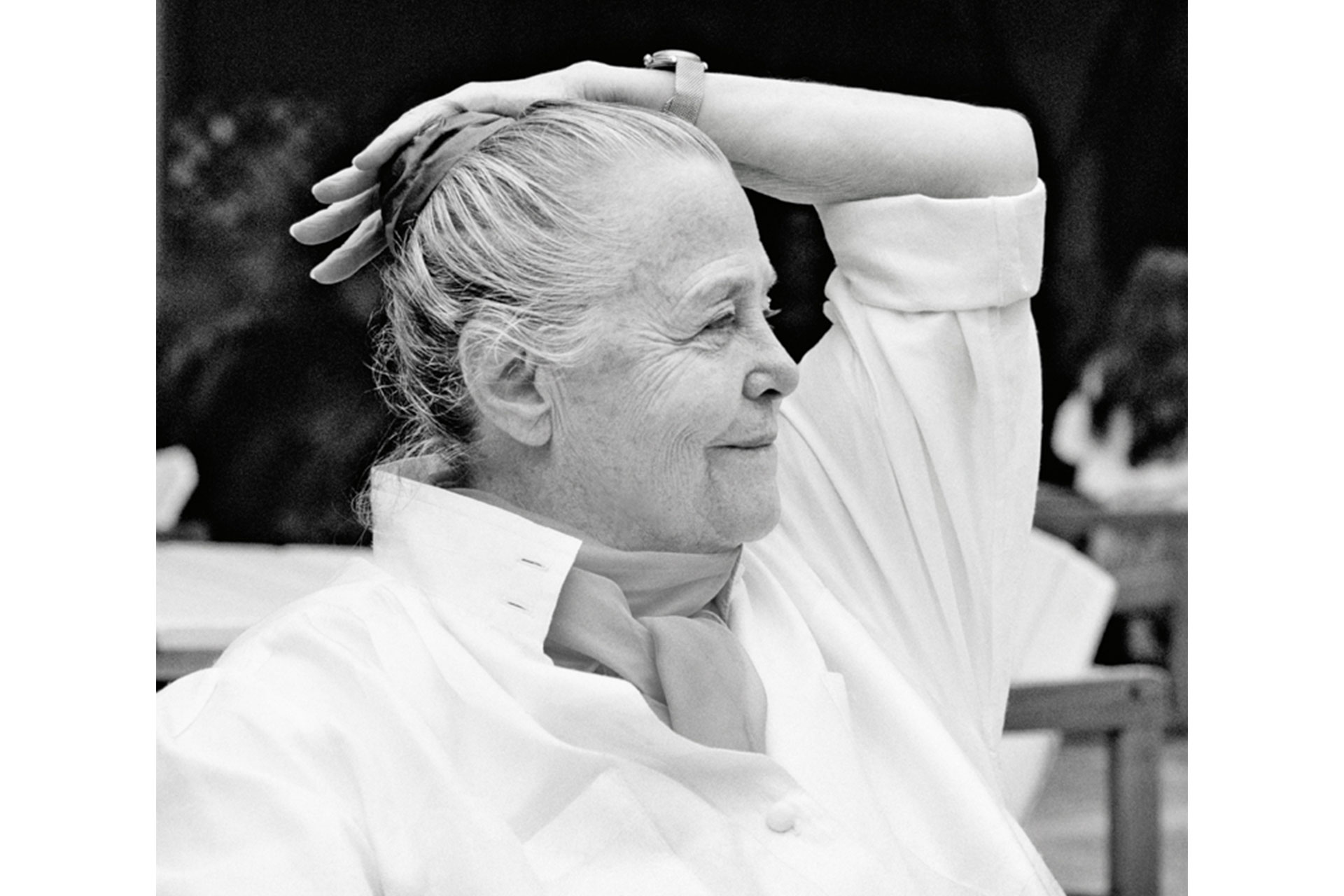
Collaborations
She shared the view of Le Corbusier of serial production and low cost, and the architecture as a “machine for living”. She worked for a few years in Le Corbusier studio, being in charge of the interiors and exhibitions.
Along with Le Corbusier she developed many of the “modern classic” furniture that architects love today, like Chaise Lounge LC4, LC2 chair , B301, etc. Many times these design has been attributed to Le Corbusier while Charlotte was the real genius behind them. She also has a long collaboration with the master Jean Prové, together they worked in many shelf and storage products, and temporary housing fr the post-war era.
Many of her design are still in production by the Italian company CASSINA
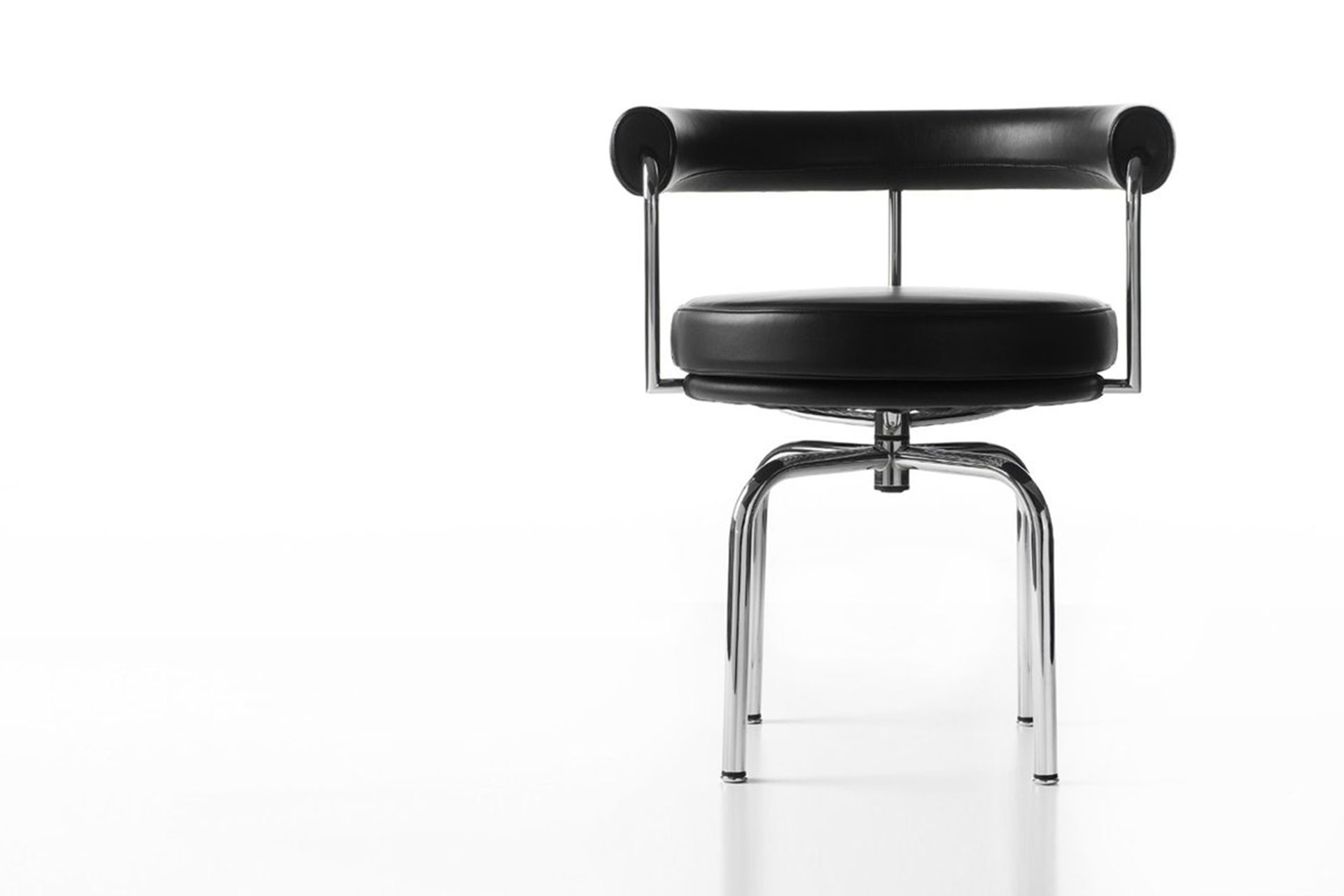
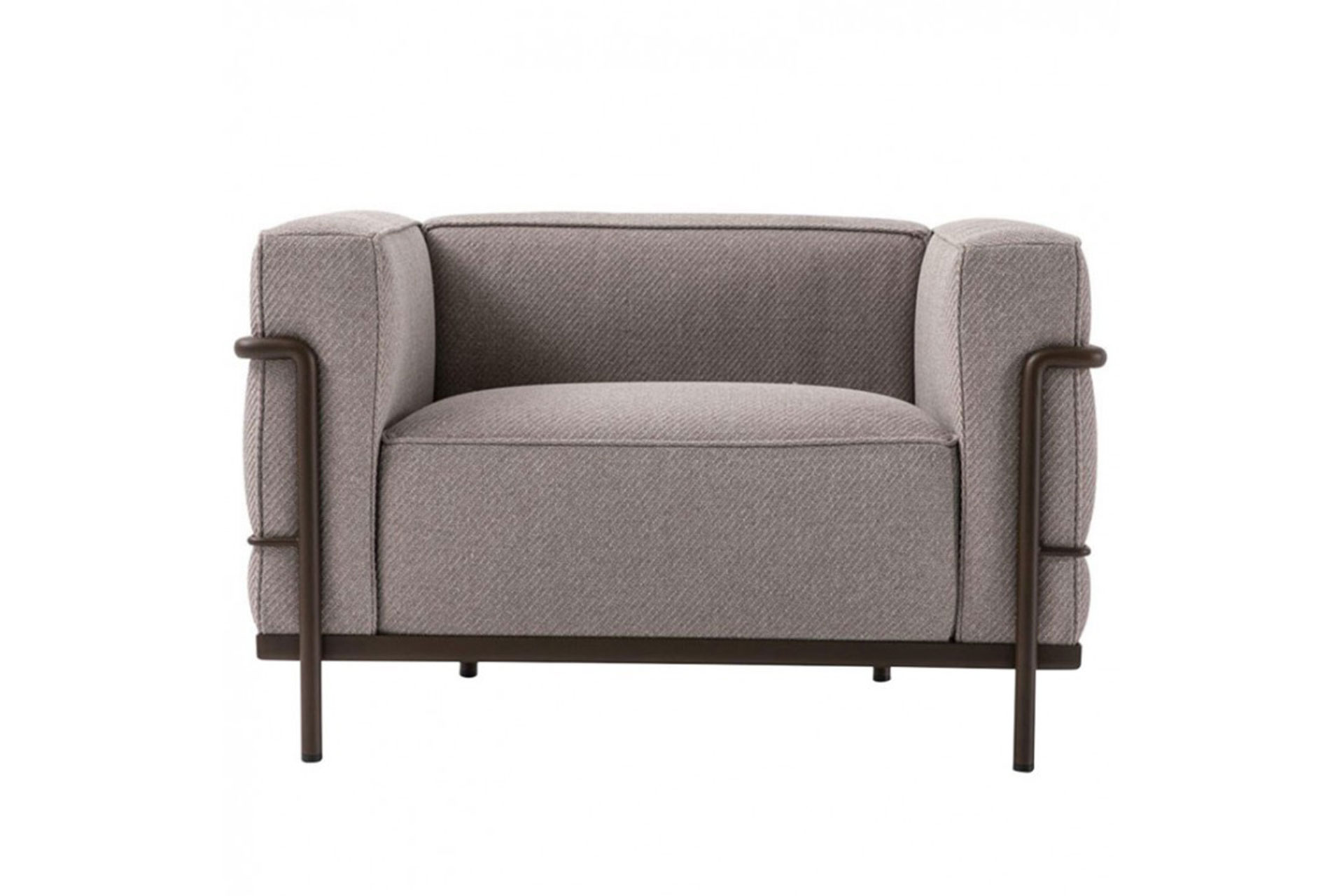
Influences
Of course she got a great influence by the collaborations with other design genius like Pierre Jeanneret, Le Corbusier o Jean Prouvé.
She was very influence by Japanese culture, aesthetics, and craftsmanship. The travelled a few times there and spent some years in Japan and Vietnam during the WWII. In that time she studied woodworking and weaving. After that period there was a transformation in her design, she shifted from the metal and tubes furniture of the first years with Le Corbusier to work with local materials like wood and stone in a modern way.
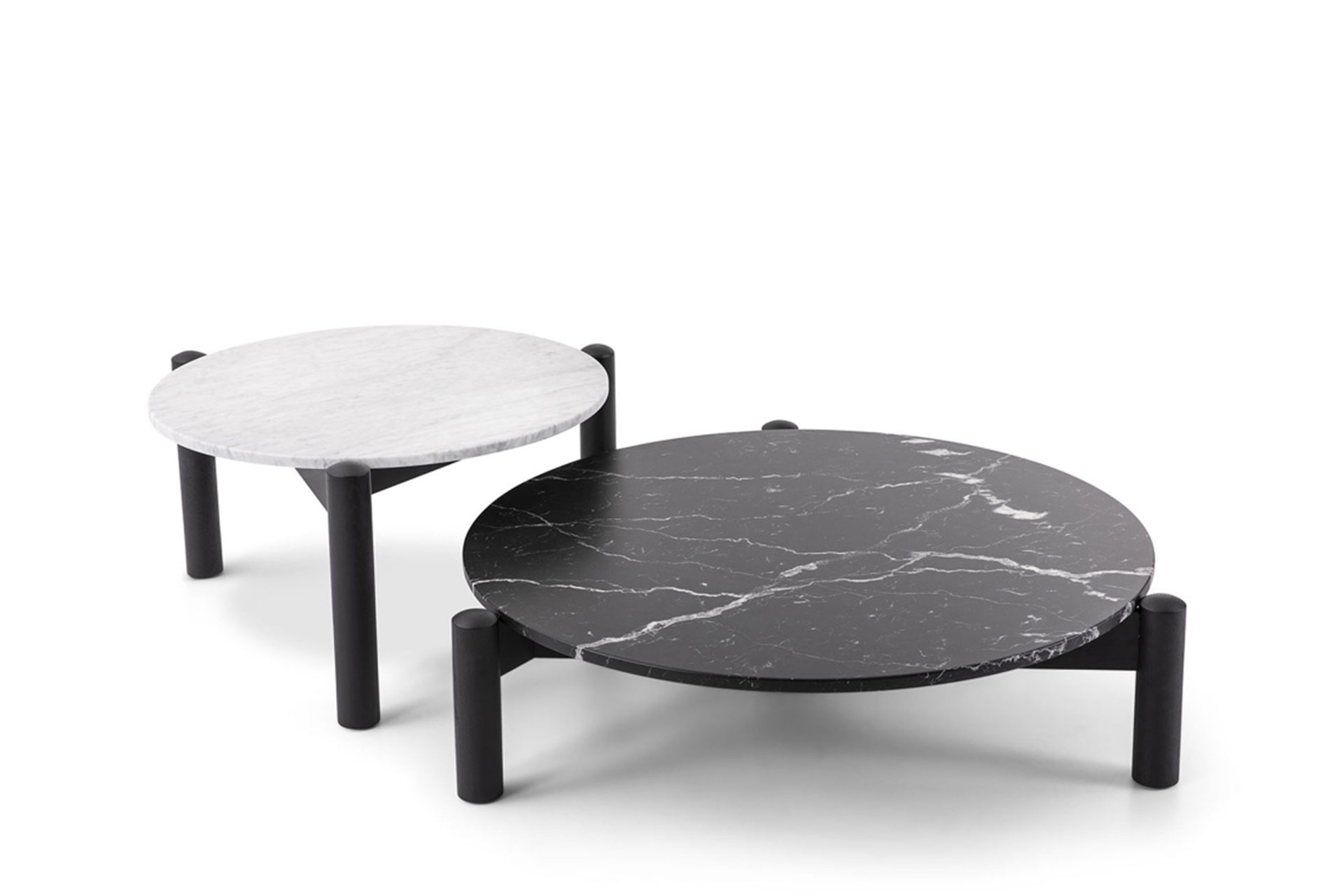

She died at the age of 96, then she had already a remarkable work in photography, furniture, interiors, architecture, experimental projects, prefabricated architecture, modular architecture, landscape and urban planning.
More about Charlotte Perriand
A nice book about her influence in the modern home:
Living with Charlotte Perriand
Her complete design work:
Charlotte Perriand: Complete Works. Volume 1: 1903-1940
Charlotte Perriand: Complete Works. Volume 2: 1940-1955
Charlotte Perriand: Complete Works. Volume 3: 1956 - 1968
Documentaray in youtube:
Charlotte Perriand, pioneer in the art of living
Exhibition at Fondation Louis Vuitton:
Charlotte Perriand: Inventing A New World
The book of the exhibition:
Charlotte Perriand: Inventing A New World
Aino Aalto
Aino was a Finnish architect and pioneer of Scandinavian Design, born in Helsinki (1894-1949). She stood out not only in the design field, but also as entrepreneur. She was the co-founder and art director of one of the companies that I most enjoy, Artek, where she collaborated with Alvar Aalto, her husband, in their most well-known designs.
She had a brilliant career as furniture and interior designer, architect and photographer.

Alvar Aalto partner
She studied architecture in the Institute of Technology, Helsinki, where a woman student was still very rare at that time. There, she met her future husband, Alvar Aalto. They got married in 1924, in their honeymoon they went to Italy to study the vernacular classic architecture.
They started a creative partnership that will give birth to outstanding projects like Villa Mairea, Paimio Sanatory, or the Savoy restaurant and designs like aalto stool 60, savoy vase or one of my beloved: the Tea Trolley 901.
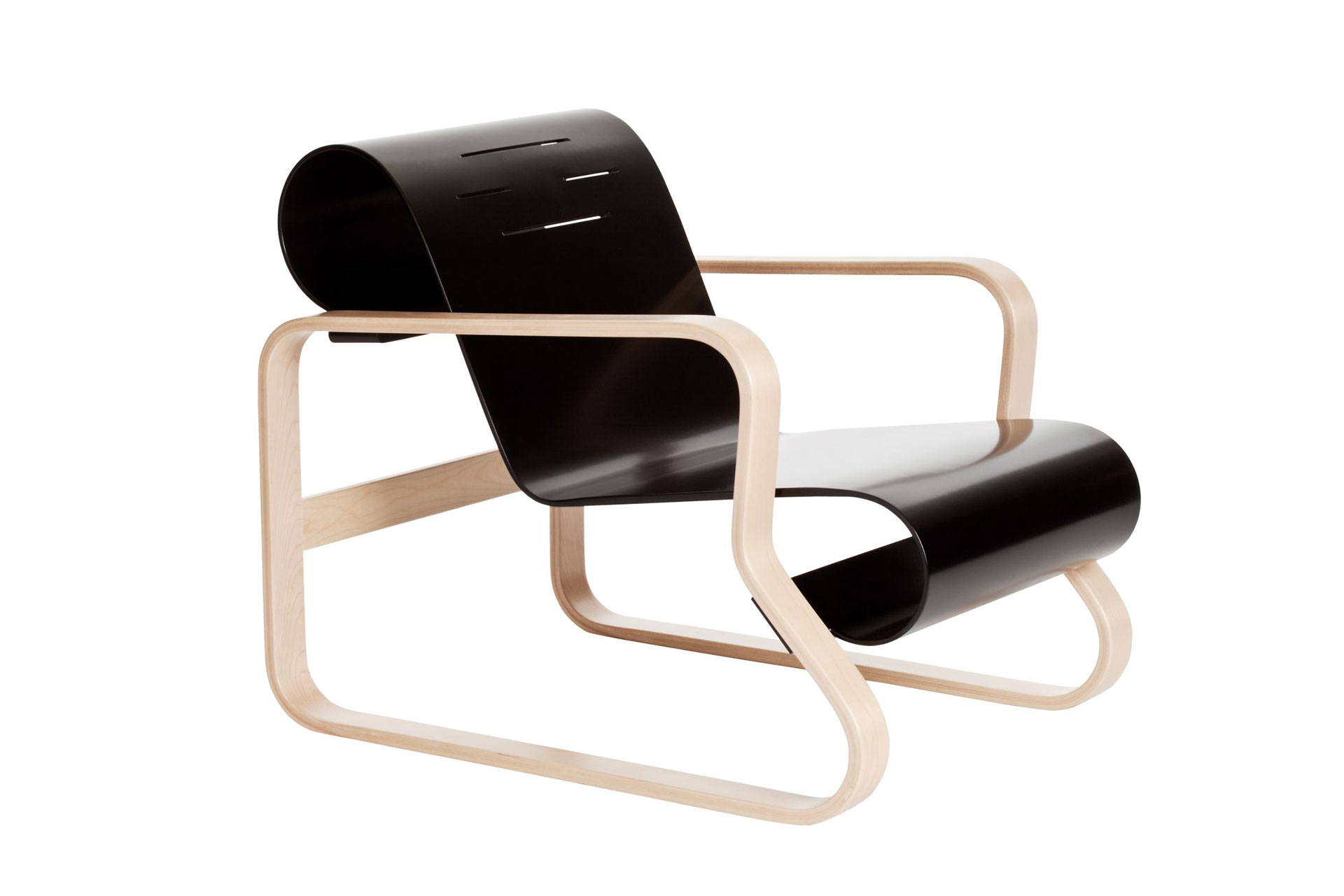
Interior design: function and beauty.
As interior designer she was centered in the comfort level of home, using materiality and furnishing to achieve a warm while practical space, a very singular approach for the 20th century modernism.
She is well know for her glass designs, one of my favourites, Bölgeblick (ring of water), was inspired by the ring produced when a stone sinks in water. Designed for a competition, and be mass produced, while keeping and exquisite design. Still in production by Iittala, won the Gold medal in VI Milan Triennial in 1936.
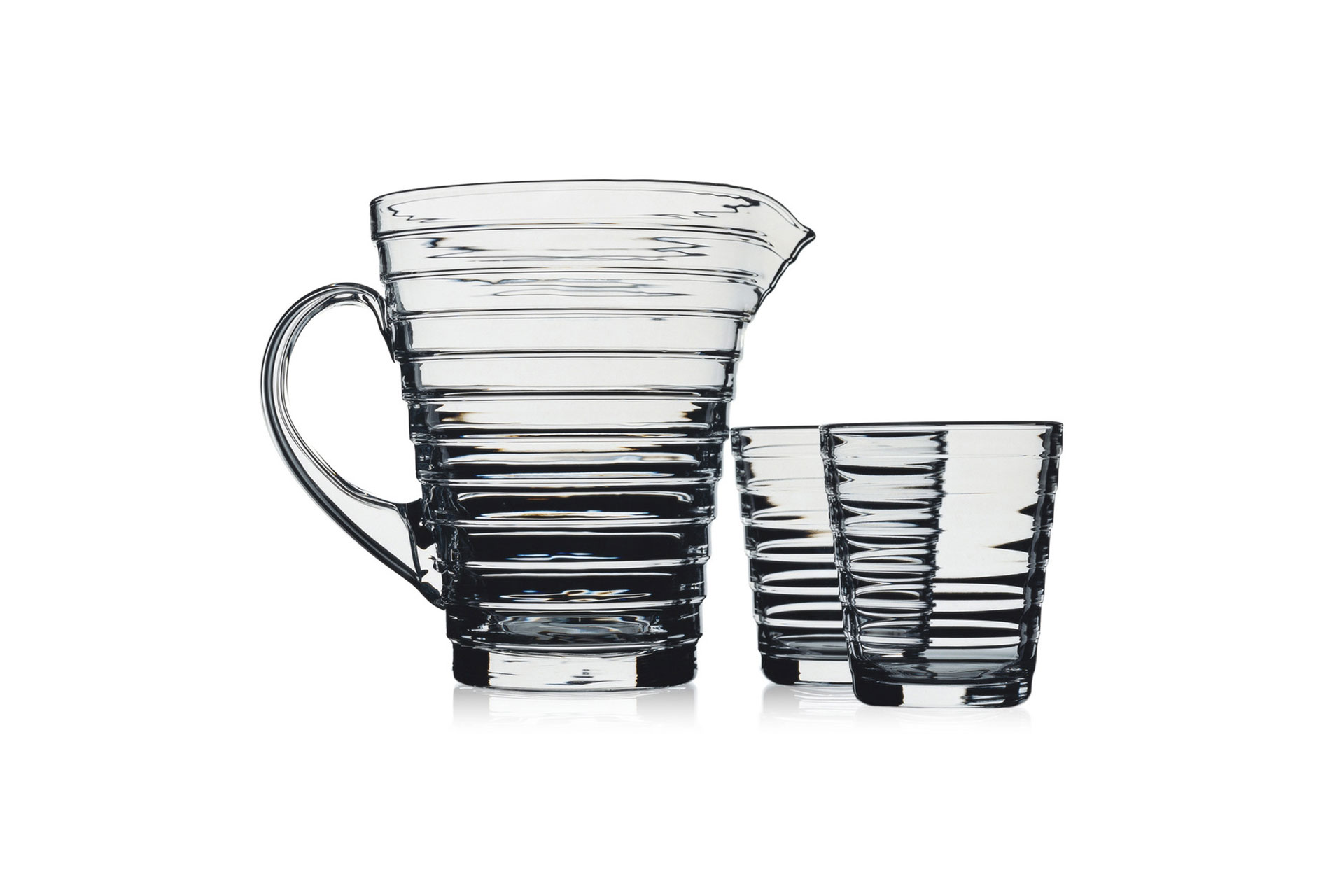
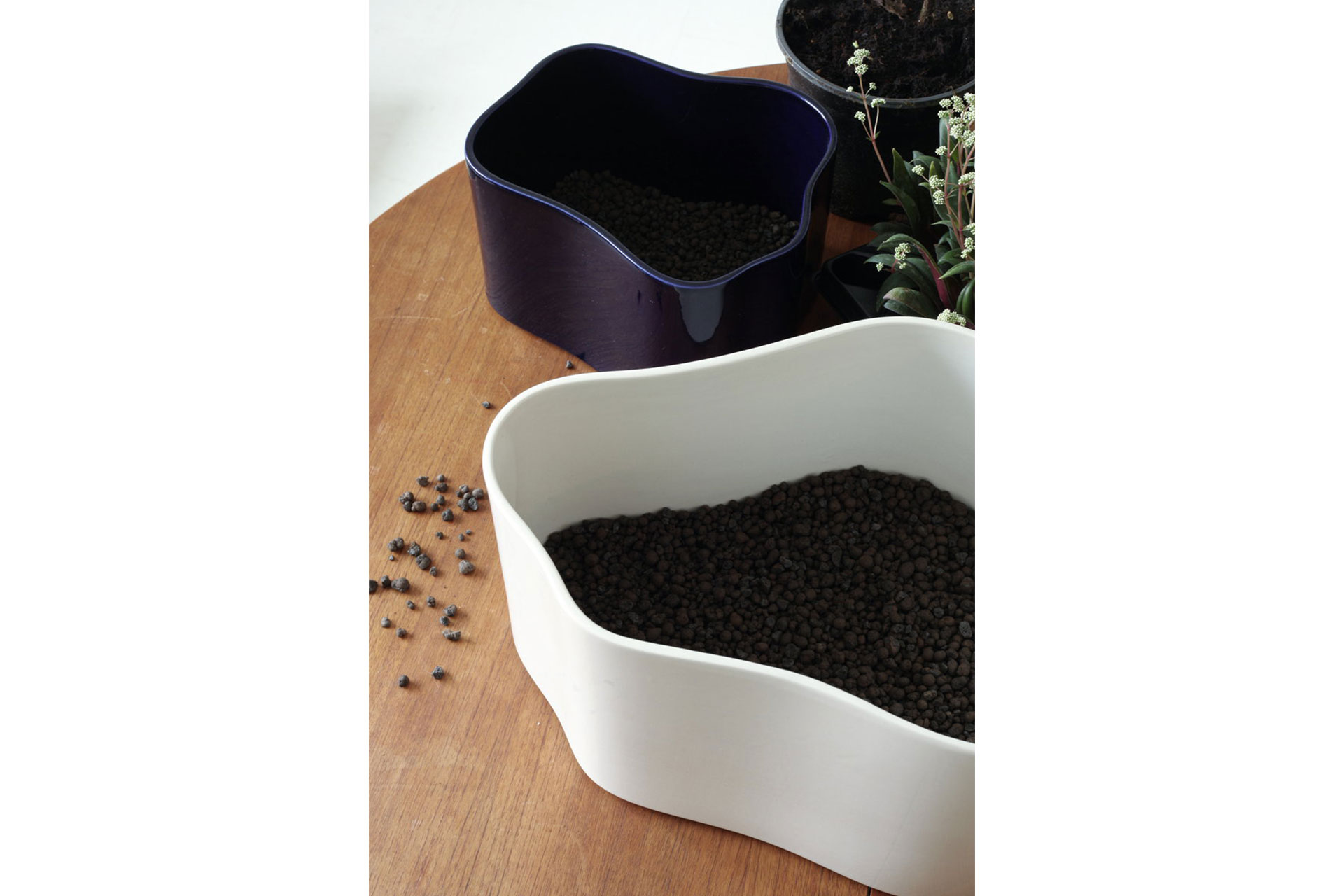
Artek
Along with he husband Alvar, and the friend and client couple Maire Gullichsen and Nils-Gustav Hahlin, they founded Artek, (name come from Art+Technology), with share their views that good design must have a combination of functionalism and beauty.
Aino was the head designer at Artek, and later became the managing director. At the same time she worked in interiors, lighting, screens, textiles and house-ware objects.She died early at 55 but her legacy is still alive and keep on inspiring designers of the hole world.
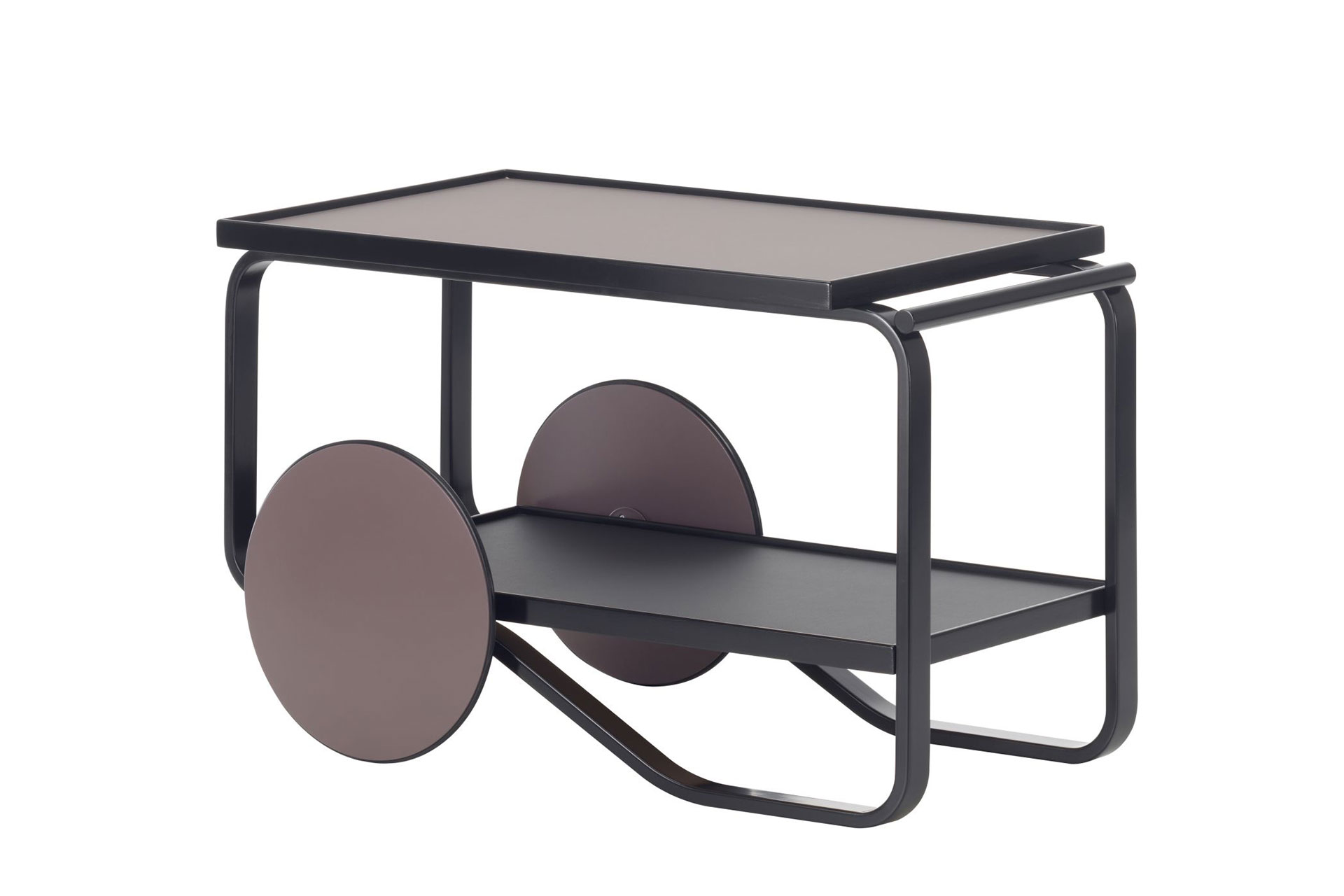
More about Aino Aalto
Book about Aino Aalto works:
Aino Aalto, published by the Alvar Aalto Foundation
Documentary about Alvar adn Aino Aalto:
Aalto
(This documentary focuses on Alvar, but also highlights the contribution of Aino.I haven't found a documentary only about Aino, if you do, you are welcome to leave a comment!)
Greta Grossman
Greta is one of my local heroes, since she was born in Helsinborg, Sweden(1906-1999). Furniture designer, interior designer and architect, she was a woman of many talents, from drawings, sculpting to writing for architecture.
Her philosophy “to be a step ahead” took her to be a pioneer in a men world with achievements in industrial design, interiors and architecture.
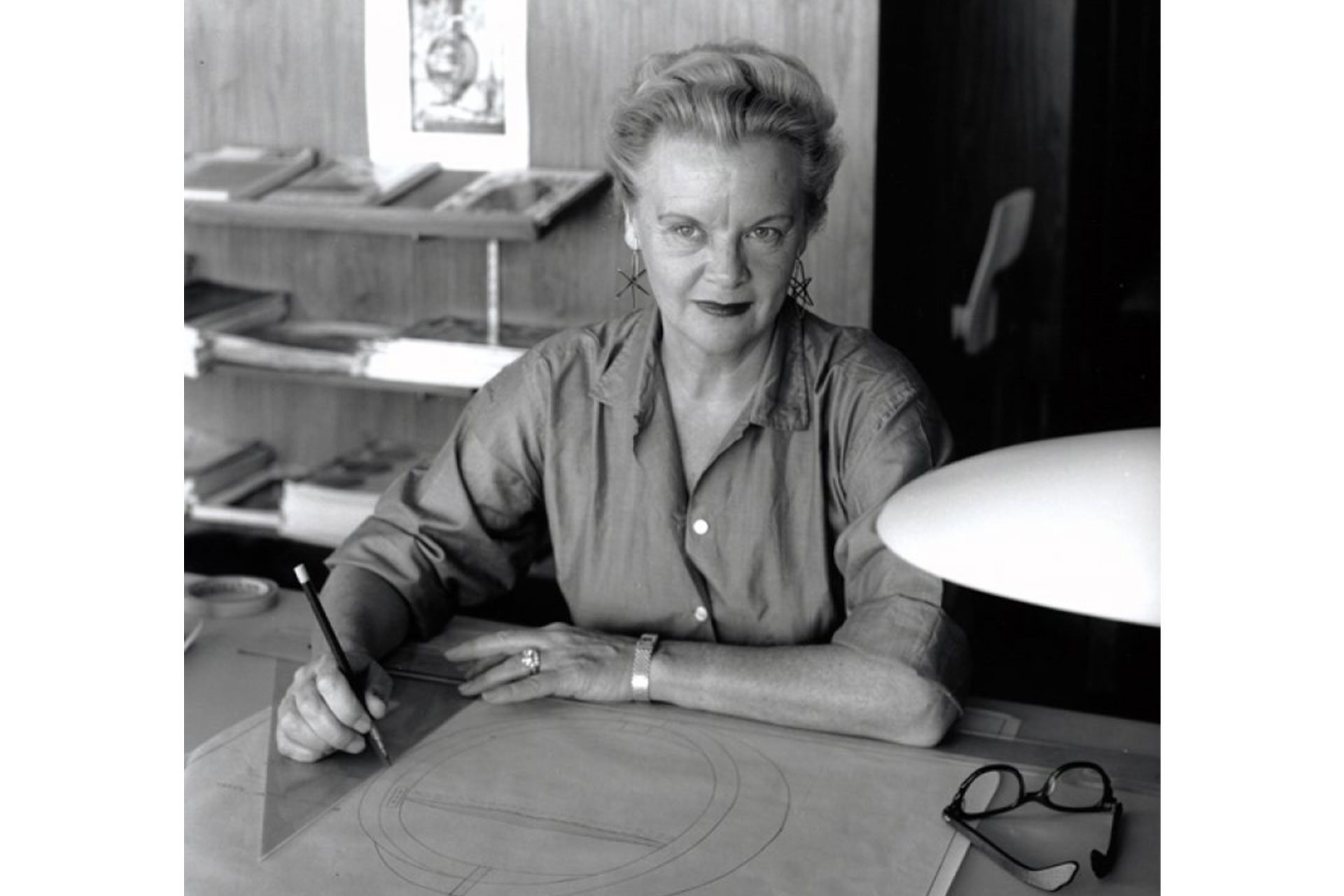
Early years
She descended from a cabinetmakers family and started as apprentice in woodworking in the furniture company Kärnans. She was the only woman in the workshop. Later in 1903 she entered the furniture Design school, Konstfack, also one of the few women graduating from the school.
In 1933 she won the Furniture Design Award from the Swedish Society of Industrial Design, first woman getting this price. he opened a studio-shop in Stockholm. Later she met and married the jazz musician Billy Grossman and they emigrated to United Stated when the WWII started.
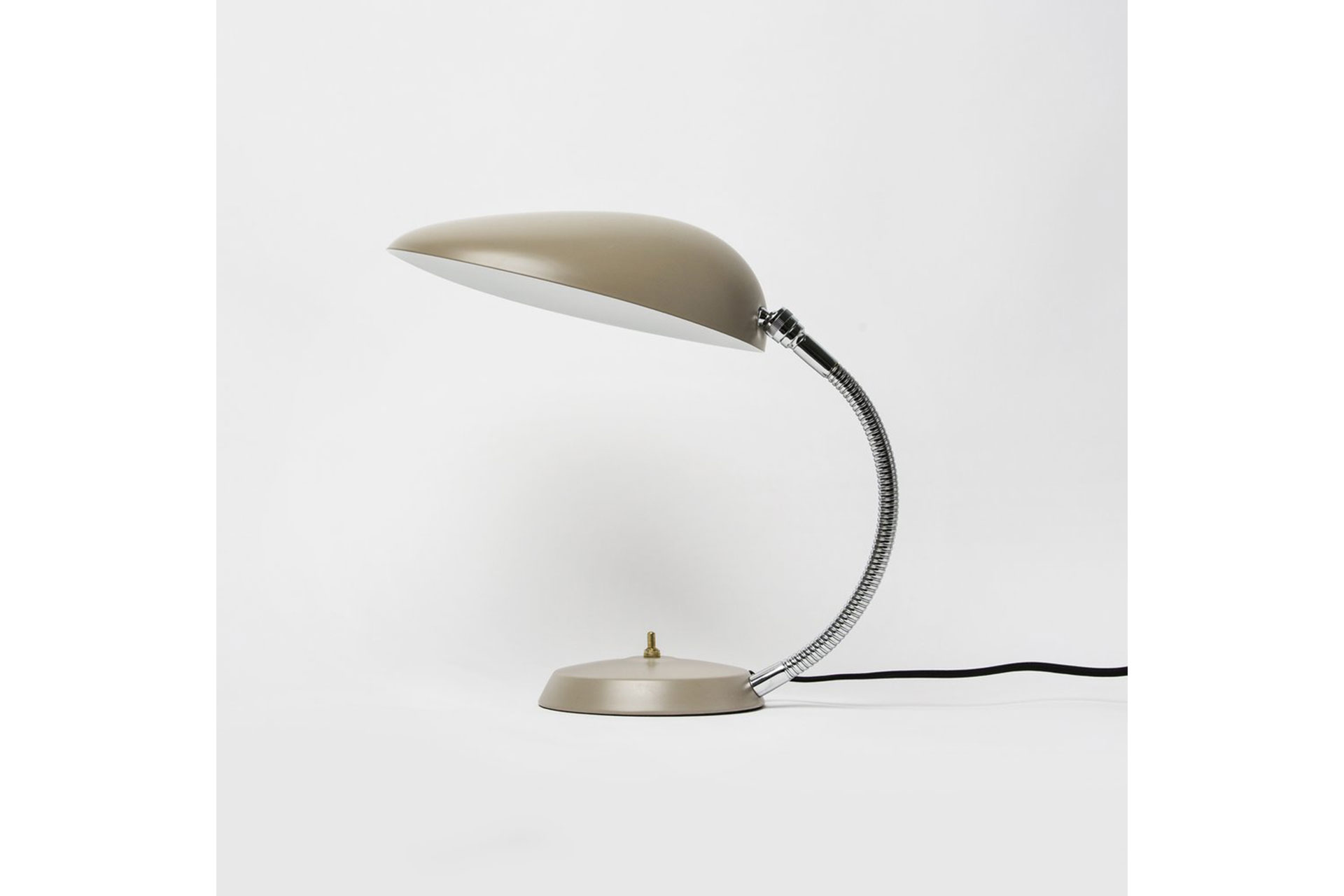
California
The couple settled in Los Angeles, and Greta opened a shop, being one of the first bringing Scandinavian design to southern California. Soon the shop will be a success and she had many celebrities as clients like Greta Garbo, Ingrid Bergman, Gracie Allen or Frank Sinatra. Later on she will had some collaborations with Charles Eames and Isamu Noguchi.
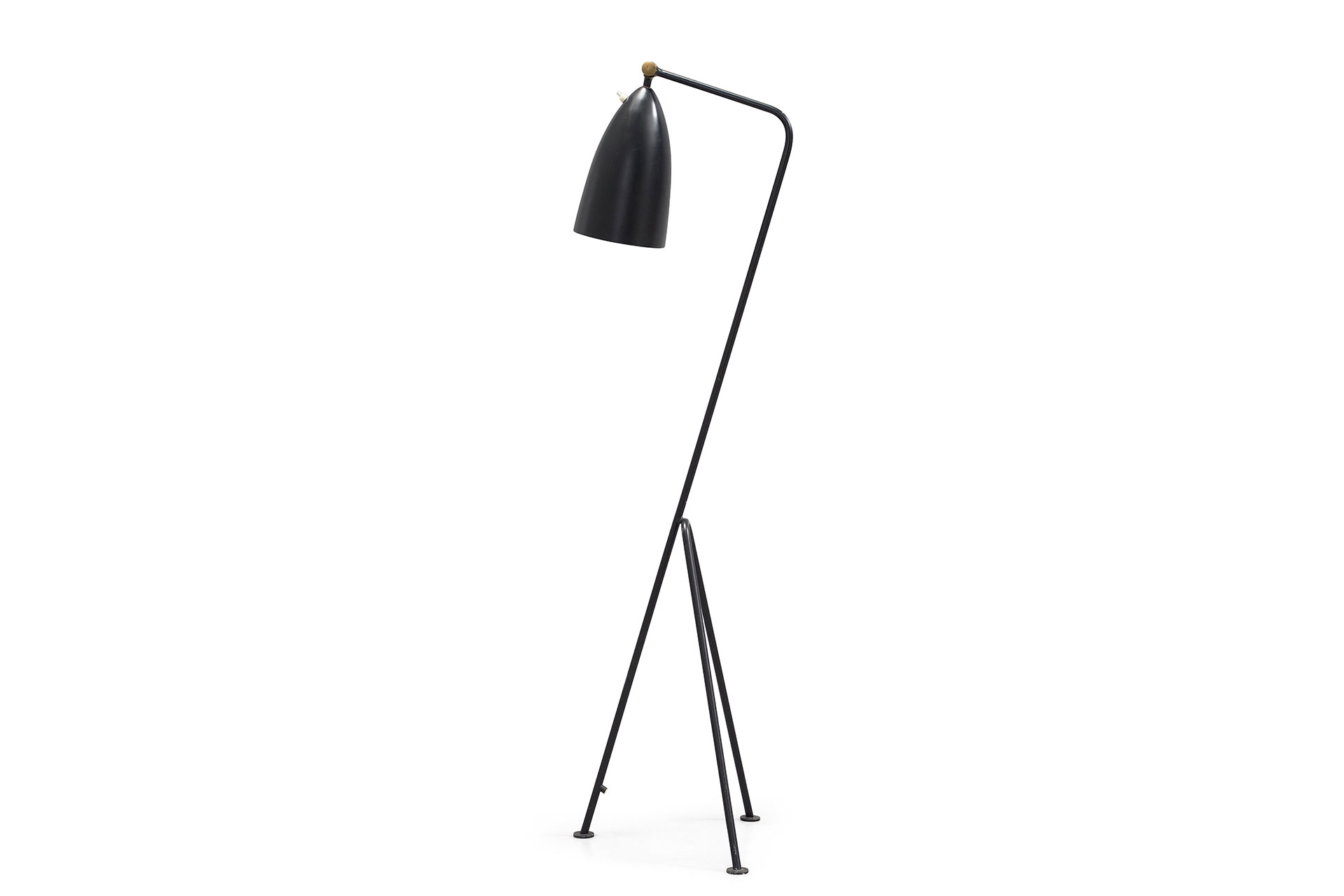
Great work
She was the architect behind almost 15 houses between California and Sweden, but she is most know by her lighting products, like Cobra Lamp, (my number one) and Grässhoppa floor lamp. In 1950 Cobra lamp won the Good Design Award and was shown in MoMA ,New York.
Her lamps are elegant and light, exquisite silhouettes with a sophisticated touch. In furniture she combined wood with metal and plastic, something really innovative for that time. Her cabinets are like floating and delicate, elevated from the floor. Here we can she the influence of Gio Ponti, a designer which she admired. We can define her work as functional, comfortable and minimal.
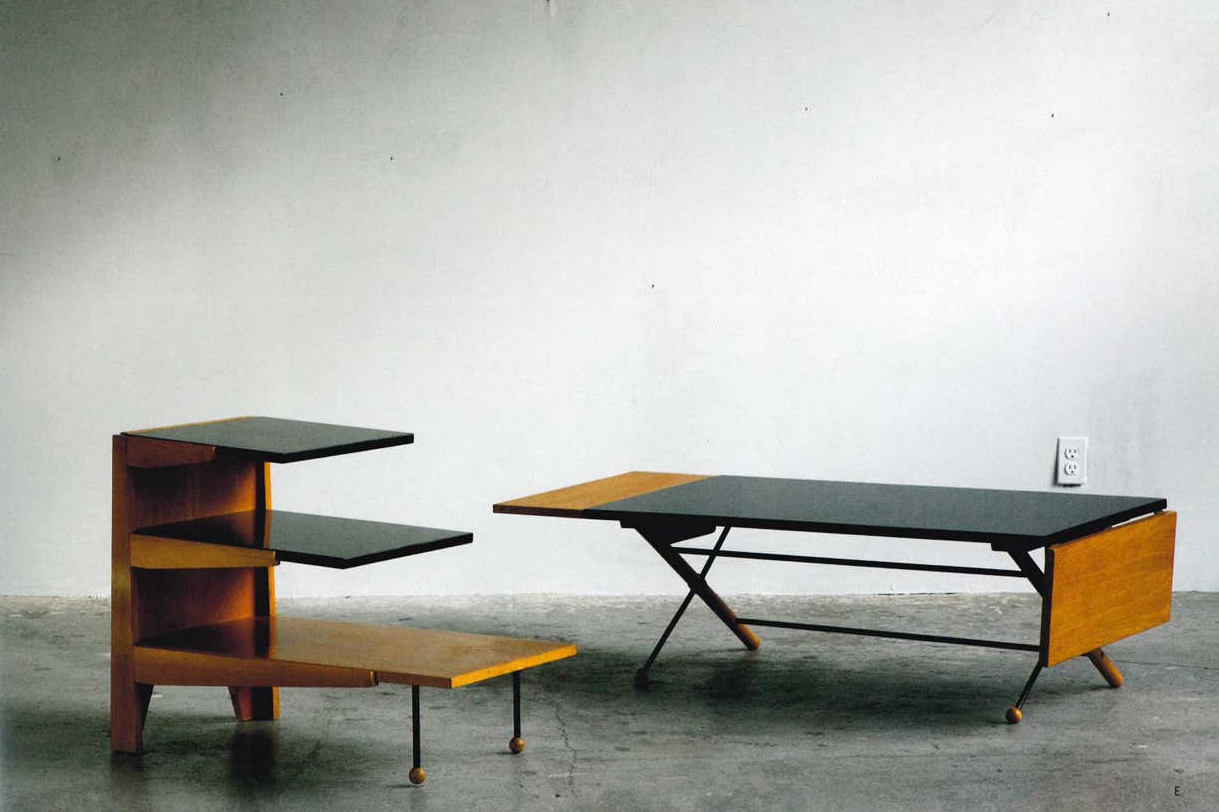
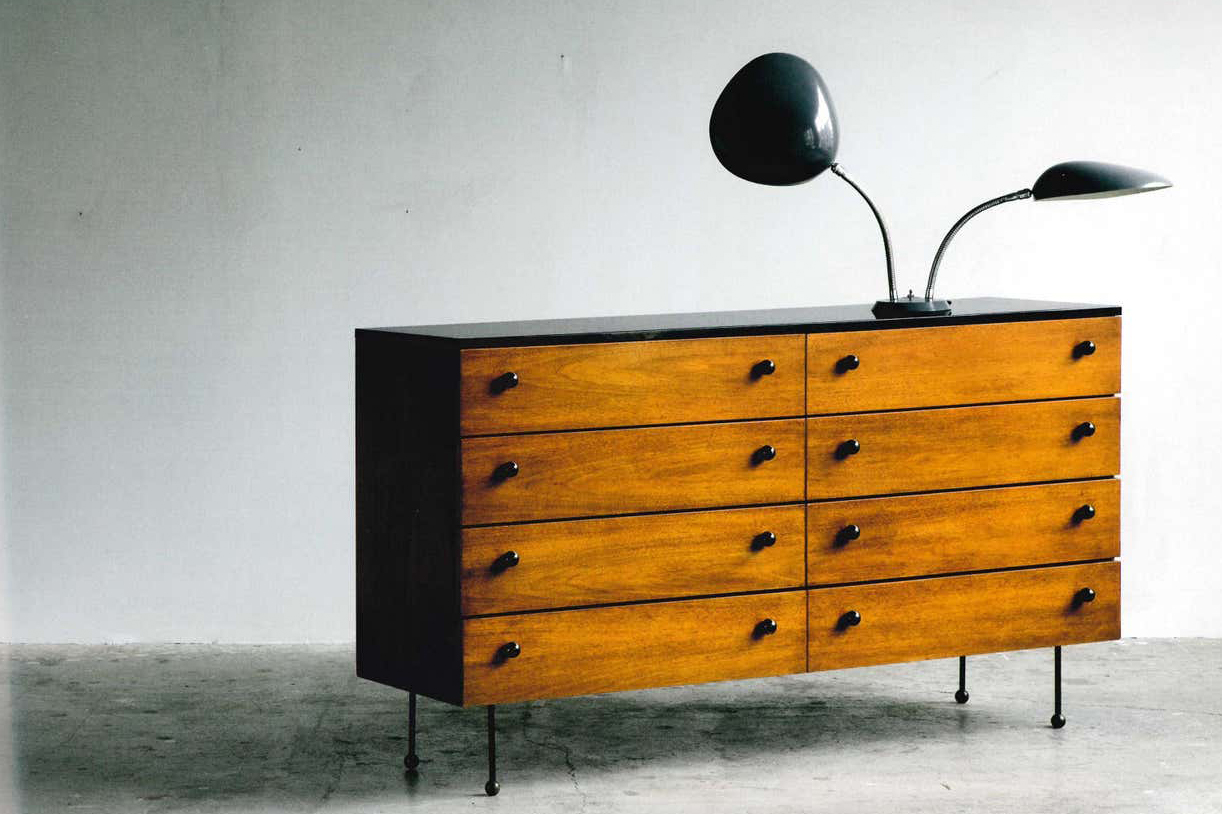
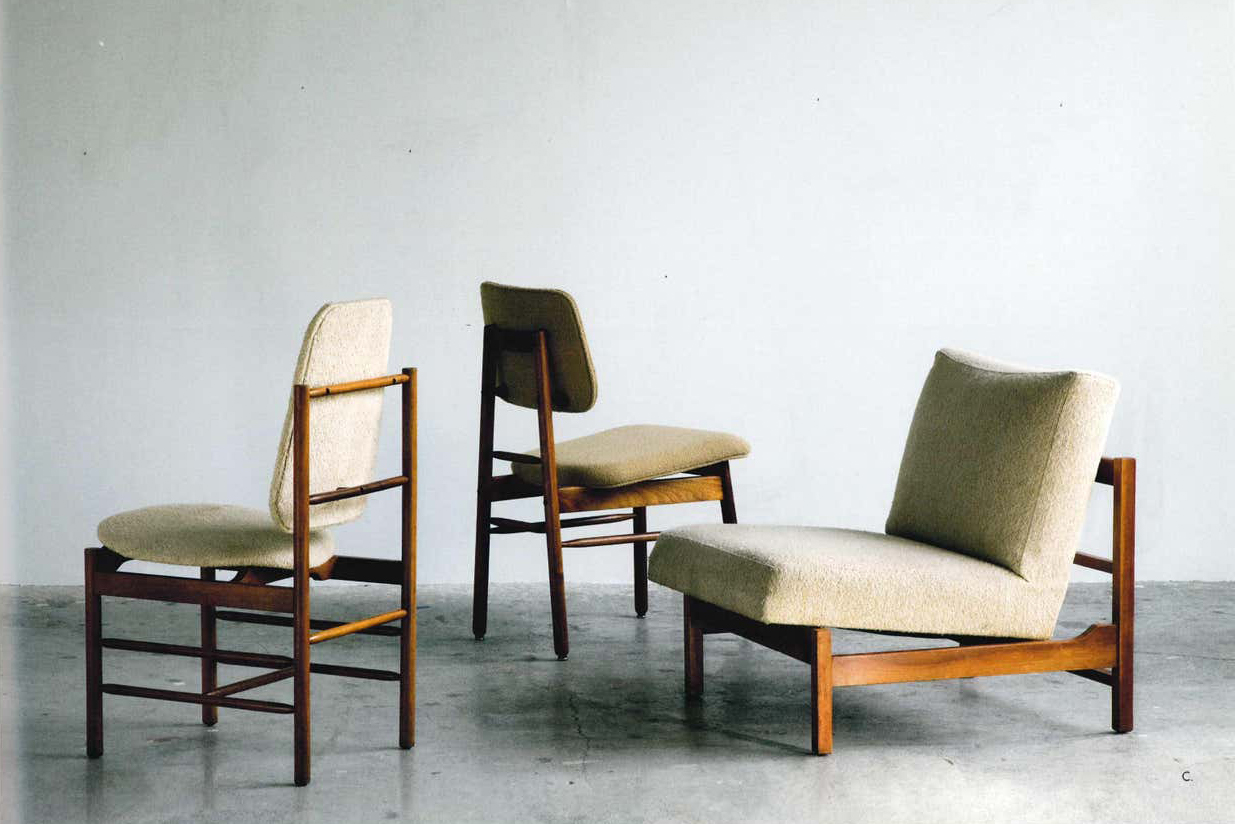
Retreat
She retired inexplicably when she was at the top of her carreer, spending her 30 last years in her house in northern San Diego.
More about Greta Grossman
Here you can find original pieces:
R 20th Century
Gubi, produces lighting and some furniture:
Gubi
A book about Greta Grossman (dificult to buy, but available in some publics libraries):
Greta Magnusson Grossman - A Car and Some Shorts
Ray Eames
Born in California (1912-1988), Ray Ray, as she was known in her family, was a designer and artist that revolutionized 20th century homes with her colorful chairs and organic forms. She was the stereotyp of what a designer is today.
Started her career as an abstract painter, and along with Charles Eames, they were the first in mass produce plywood furniture, creating many of the classic design icons of today.
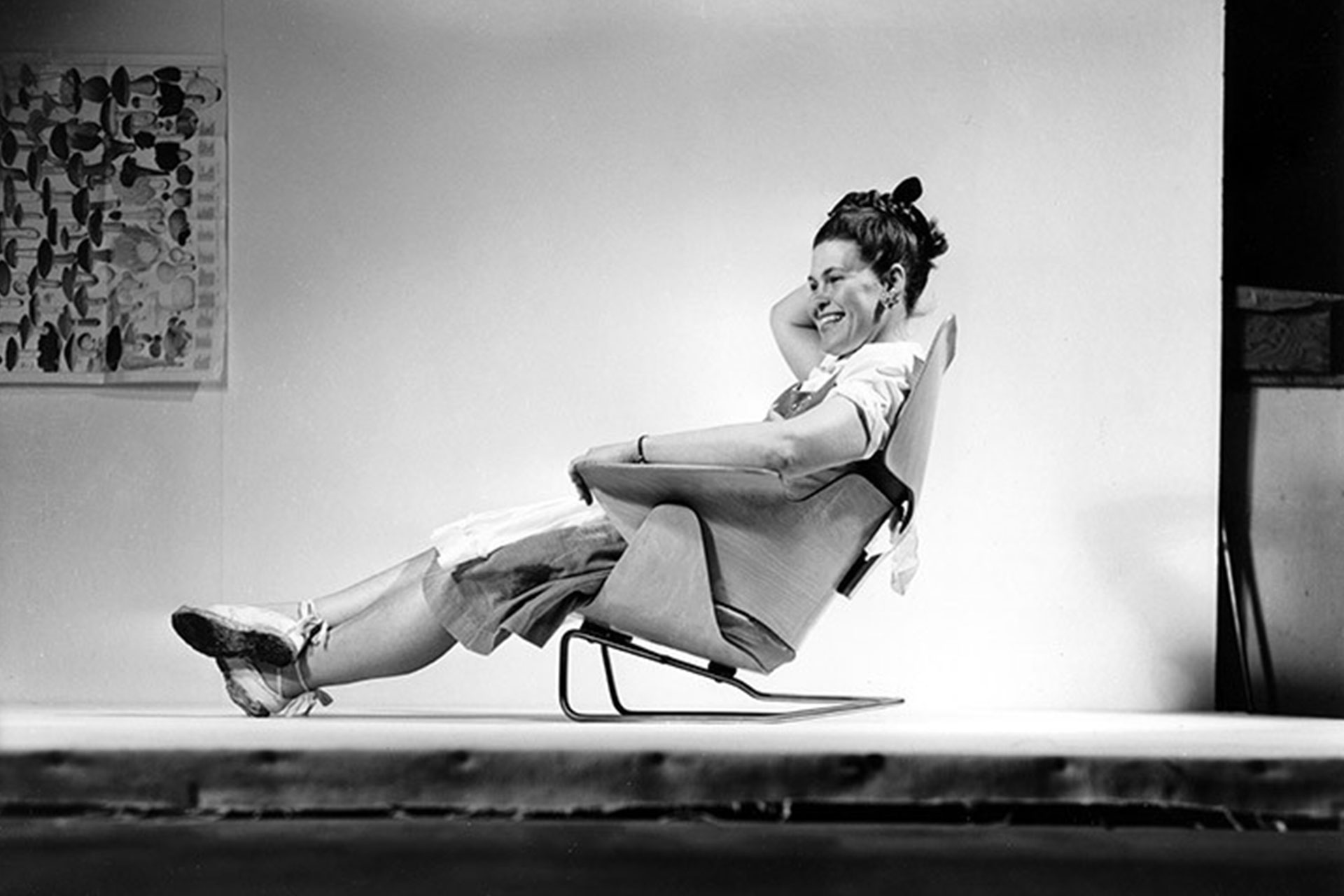
The painter
She was trained as a painter and plastic artist, having Hans Hoffmann as mentor. She moved to New York where was part of the American Abstract Artists (AAA) group, where she became a key figure in the art scene.
Later she will come back to California an entered the Cranbrook Academy where she met Charles Eames, head of department of Industrial Design. They married next year. Together they started a highly successful career in design and architecture.
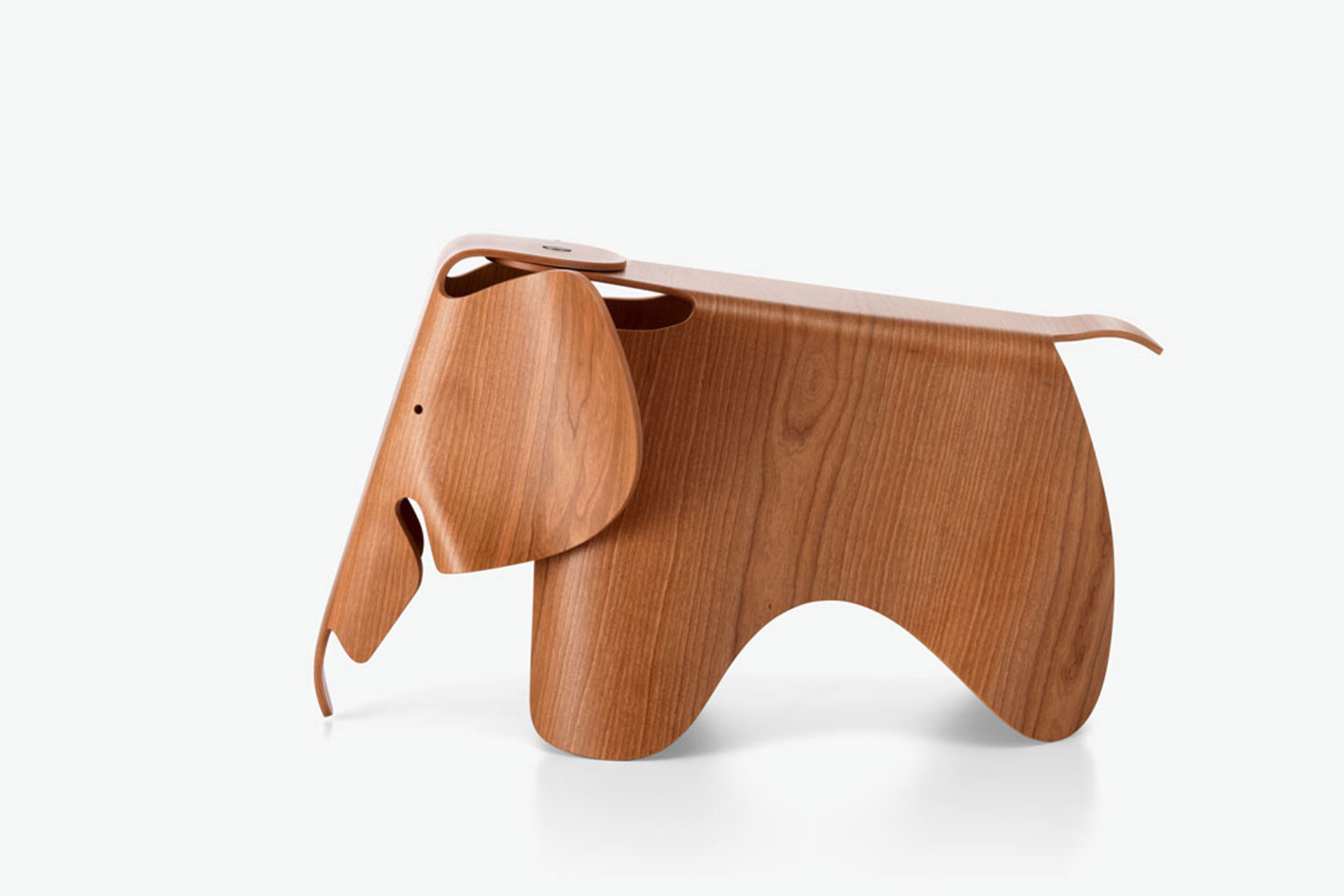
The Eames office
The Eames office produced a huge amount of projects, furnitures, graphics, toys, movies, textiles and more. Great graphics and commercial work ar largely attributed only to Ray. She also worked in textiles, and even won a competition for Moma. Some of the textile patterns are still in production by Maharam.

Innovations
Ray and Charles developed many designs with plywood, one of the first was a splint for the US Navy, a project that gave them the foundings, resources and experience to develop their most-known products as the LCW chair.
They were also pioneer using other materials like metal. Wire Mesh Chair was the first chair made completely in wire metal wires. They experimented too with moulding, developing the famous arm chair with fiberglass, now produced in plastic, by Vitra (Europe) and Hermann Miller (USA).
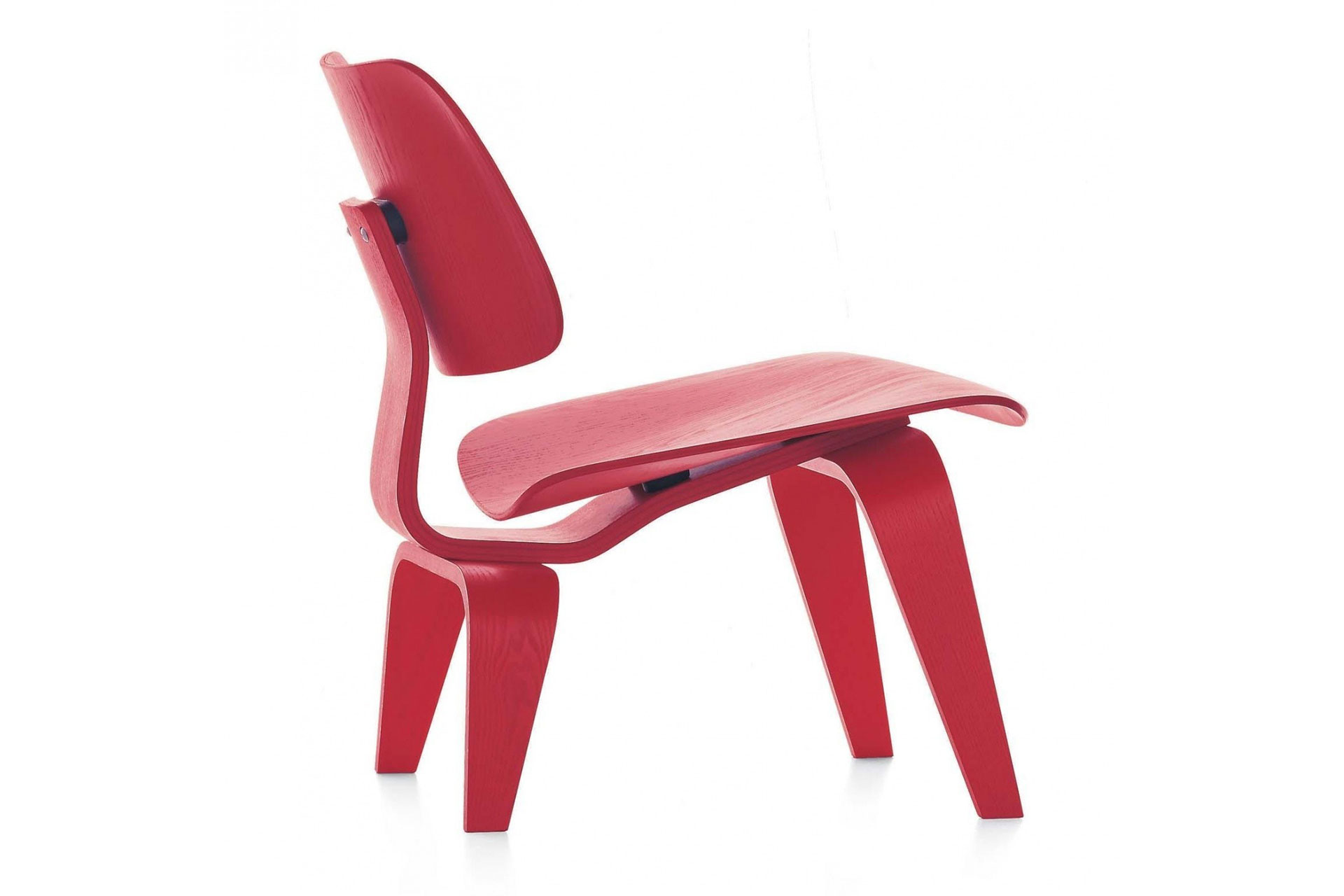
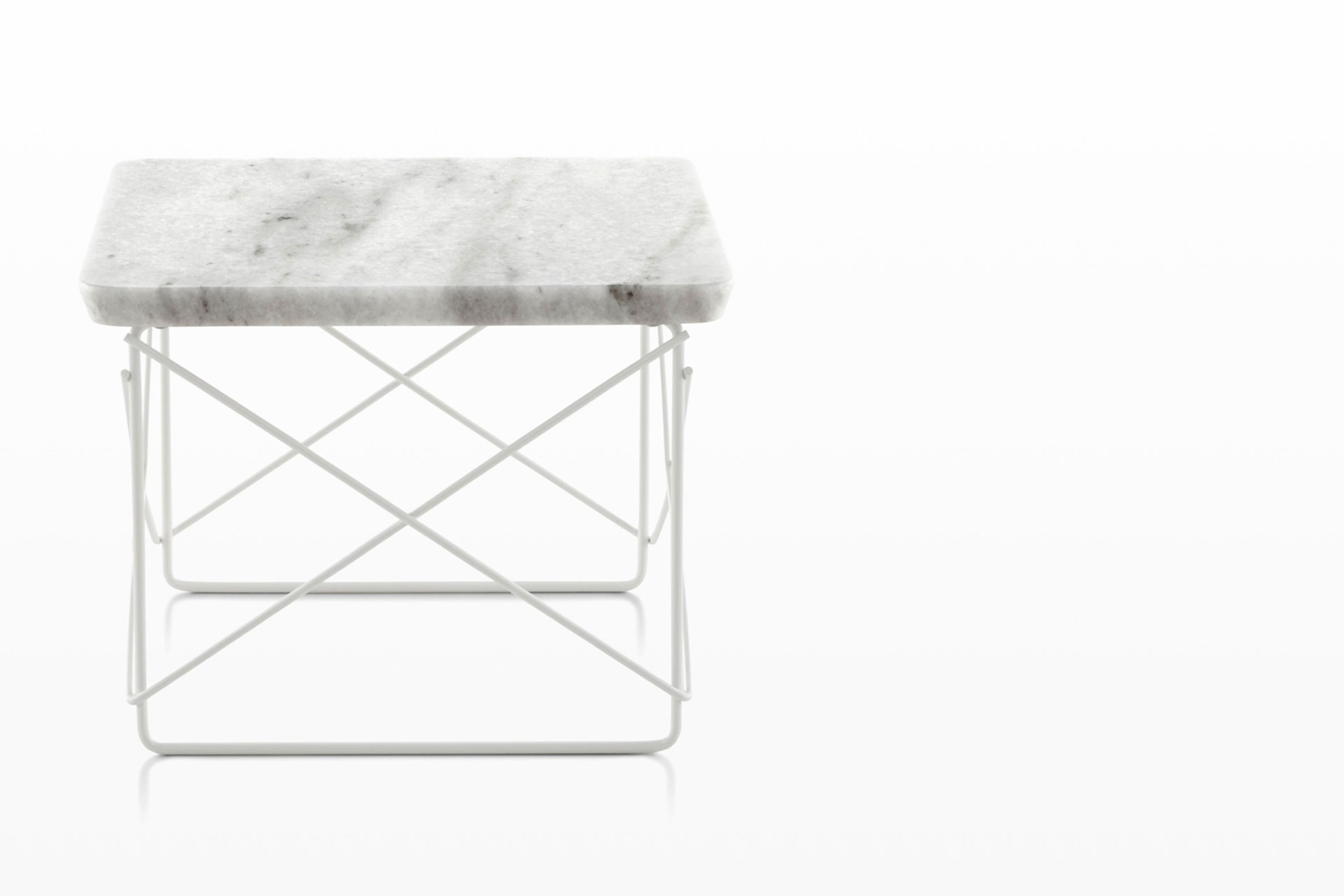
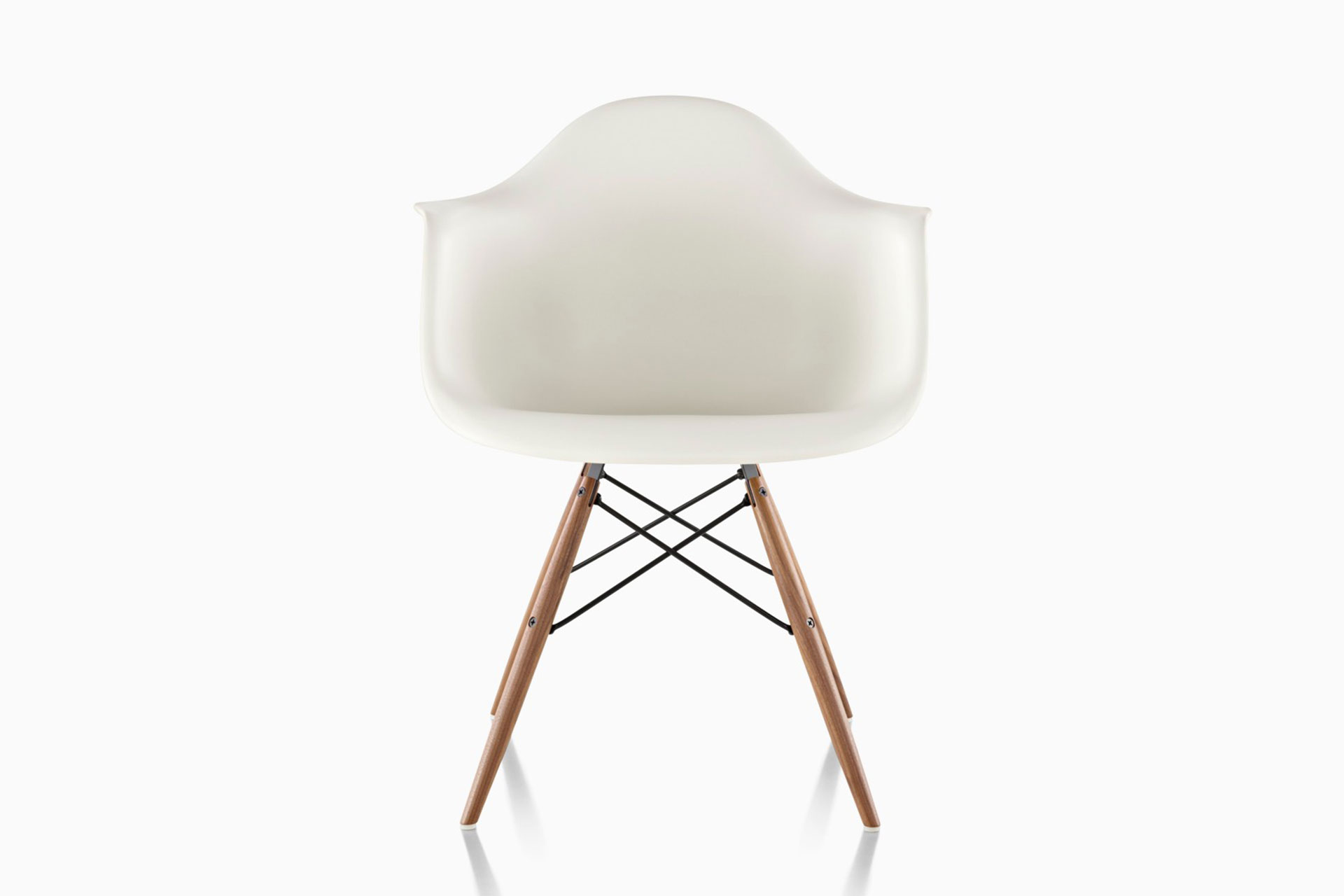
Another innovation was the EDU (Eames Desk Unit) and ESU (Eames Storage Unit), with the vision of solving home furnishing problems, an approach to serial production but low cost, where the user assembles the product . Developed in 1905 by Herman Miller, and still in production. Also available for Vitra.
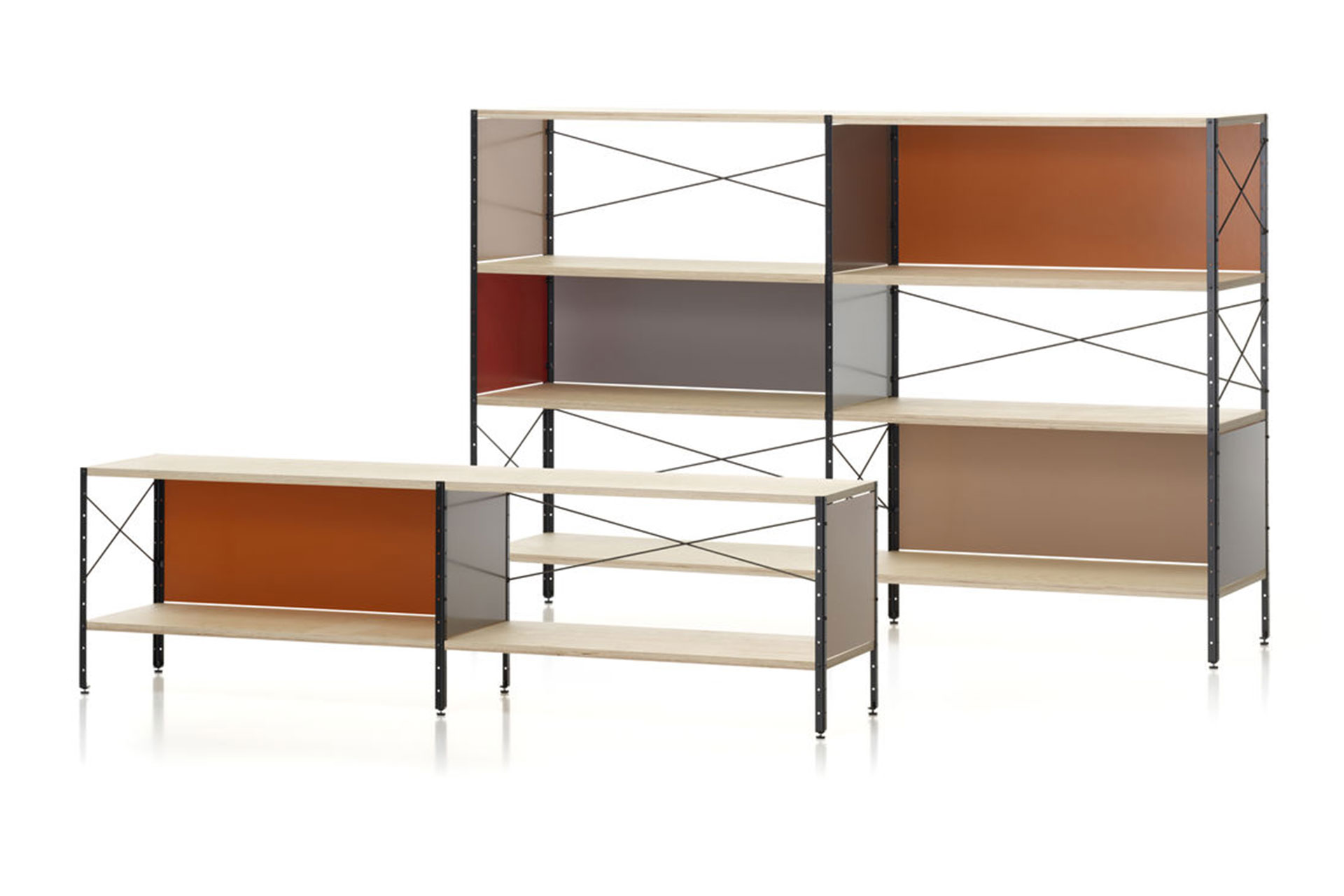
I close this chapter with one sentence from Ray: “I never gave up painting, I just changed my palette”. She died at 75, leaving a great legacy of products and inspiration for the next generations.
More about Ray Eames
Eames official website
Eames office
A documentary about Charles and Ray Eames
Eames: The Architect and the Painter
A dbeautiful book about her products, design proces and research:
Eames Furniture Sourcebook
You can find her products here:
Vitra (Europe)
Herman Miller (USA)
Maharam (textiles)
Florence Knoll
Florence was and American architect, interior and furniture designer (1917-2019), just as an entrepreneur who revolutionized the office design with her modern interiors.
Known for her open office design, modernist furniture and methodical and rigorous office planning that fits the needs of the workers with clean lines, pure geometries humanized with textiles, organic shapes and colors, she transformed a small furniture company in an international player.

Early years
Family and friends called her “Shu” and she descended from a german immigrant father, but got orphans at 12. She entered the Cranbrook Academy of Art, where she met the architect Eliel Saarien, who practically adopt her. She spent summers in Finland with Saarinen family and became a good friend of their son Eero Saarinen.
She started with architecture studies and explored furniture design with Eero Saarinen and Charles Eames. Later she will met Alvar Aalto, Walter Gropius and Marcel Breuer, and will finish her degree under Mies van der Rohe. Mies will make a profound influence on her that will be reflected in her work.
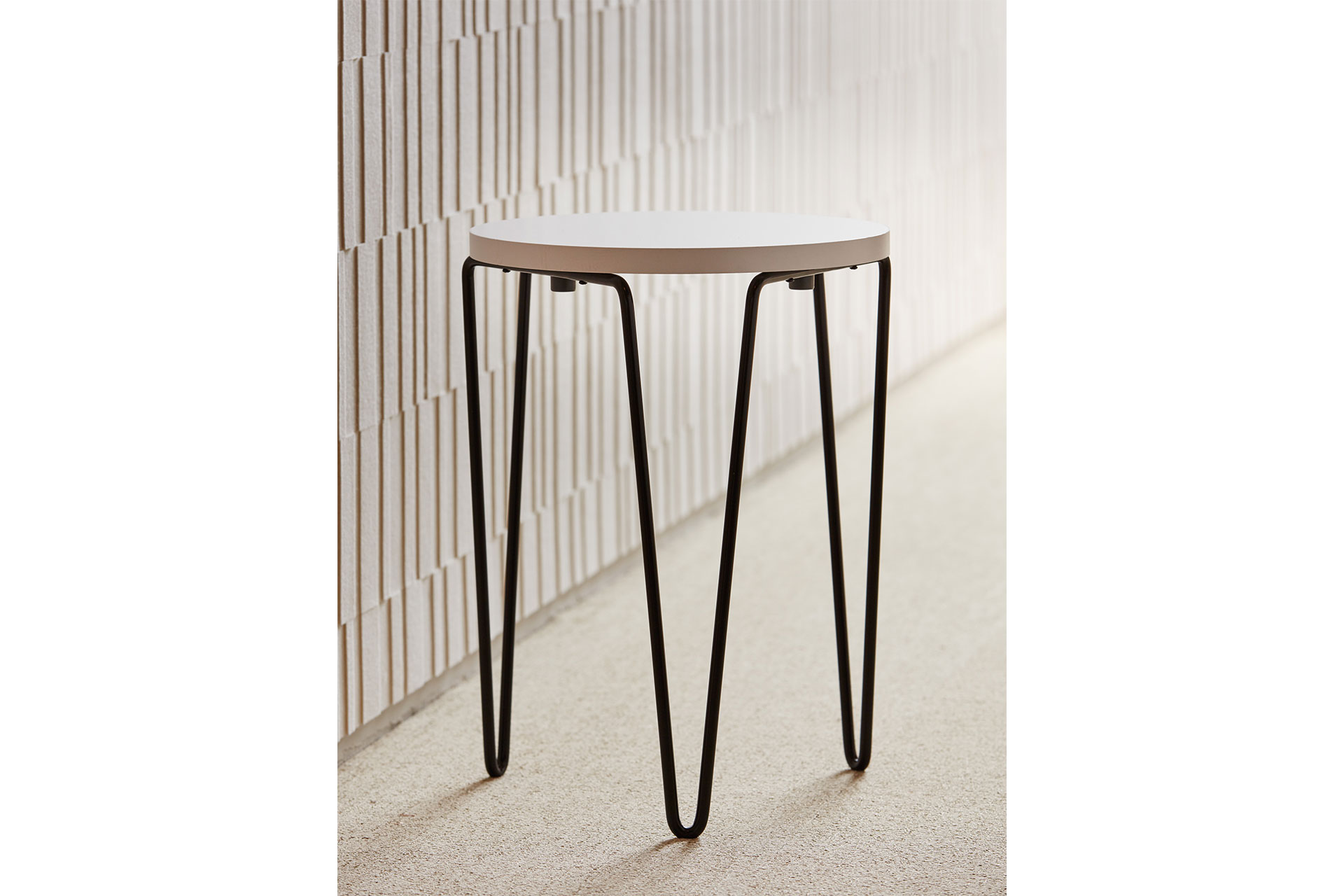
Knoll associates
After graduating, she worked on several New York architectural firms, till one day she worked together with Hans Knoll for an office interior, later she will design Hans Knoll Furniture Company showroom. After this she will join the company and founded their interior design service, the Knoll Planing Unit.
Florence and Hans married in 1946, and she became a full business partner and changed the name to Knoll Associates.Their partnership develop a small company to one of the most international known furniture companies. Florence was the design force and Hans took the business side. Hans died in 1951 in a car accident and she took the presidency of the company and doubled the size of the company during her years in charge.
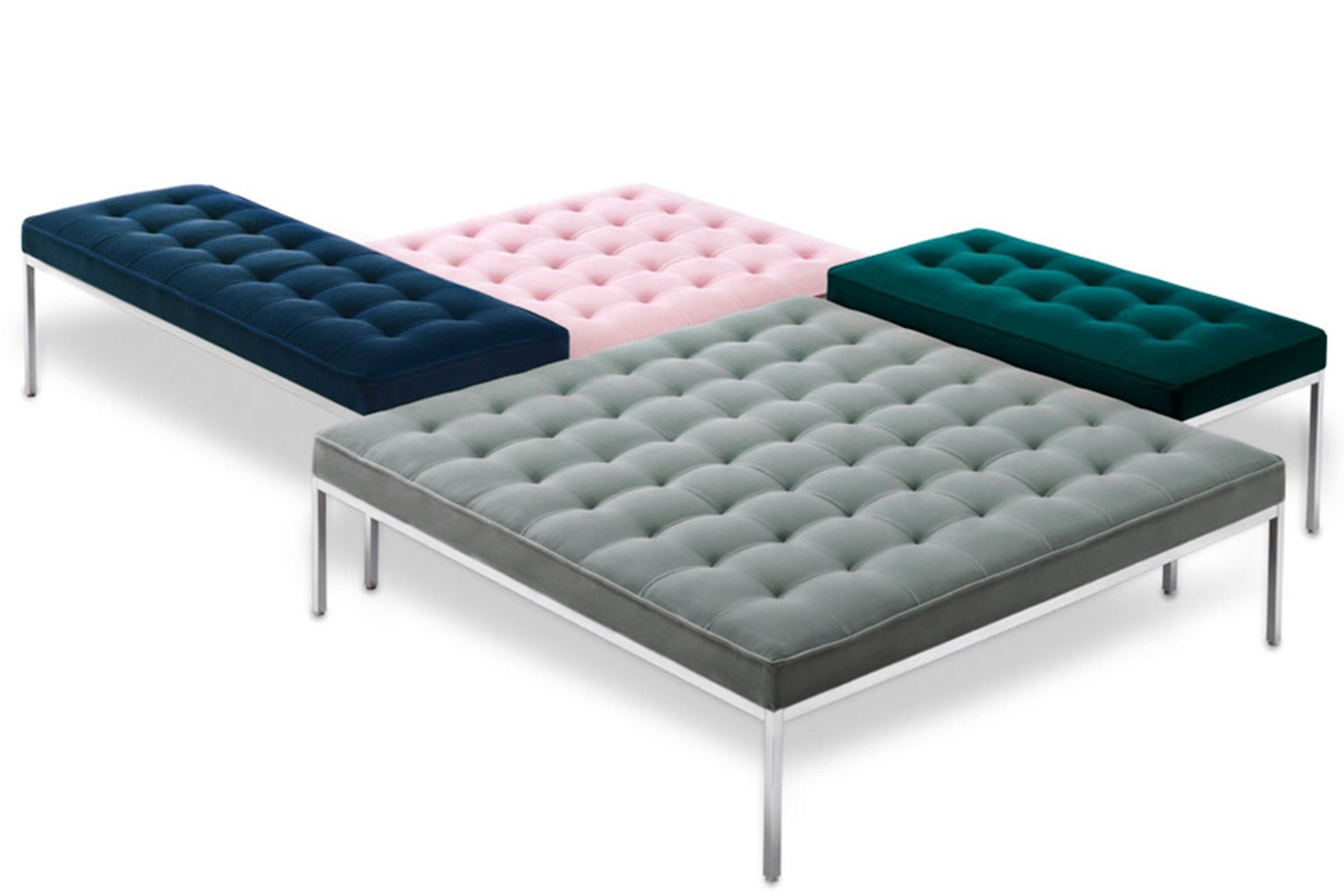
Innovation
She felt that architects could contribute to furniture design and drew many important figures like Eero Saarinen, Marcel Breuer, Piere Jeannet or Hans Bellman. Later on she will also get the rights to produce the Barcelona chair from Mies Van Der Rohe also. Even artist like Isamu Noguchi or the sculptor Harry Bertoia designed some pieces for the company.
Knoll Planning Unit
With the creation of the interior design service for Knoll she defined the standards of the modern corporate interiors of post-war America Introducing concepts of efficiency , space and planning based on research and surveys of the clients companies. She designed the interior for some of the biggest companies at the time like IBM, GM or CBS.
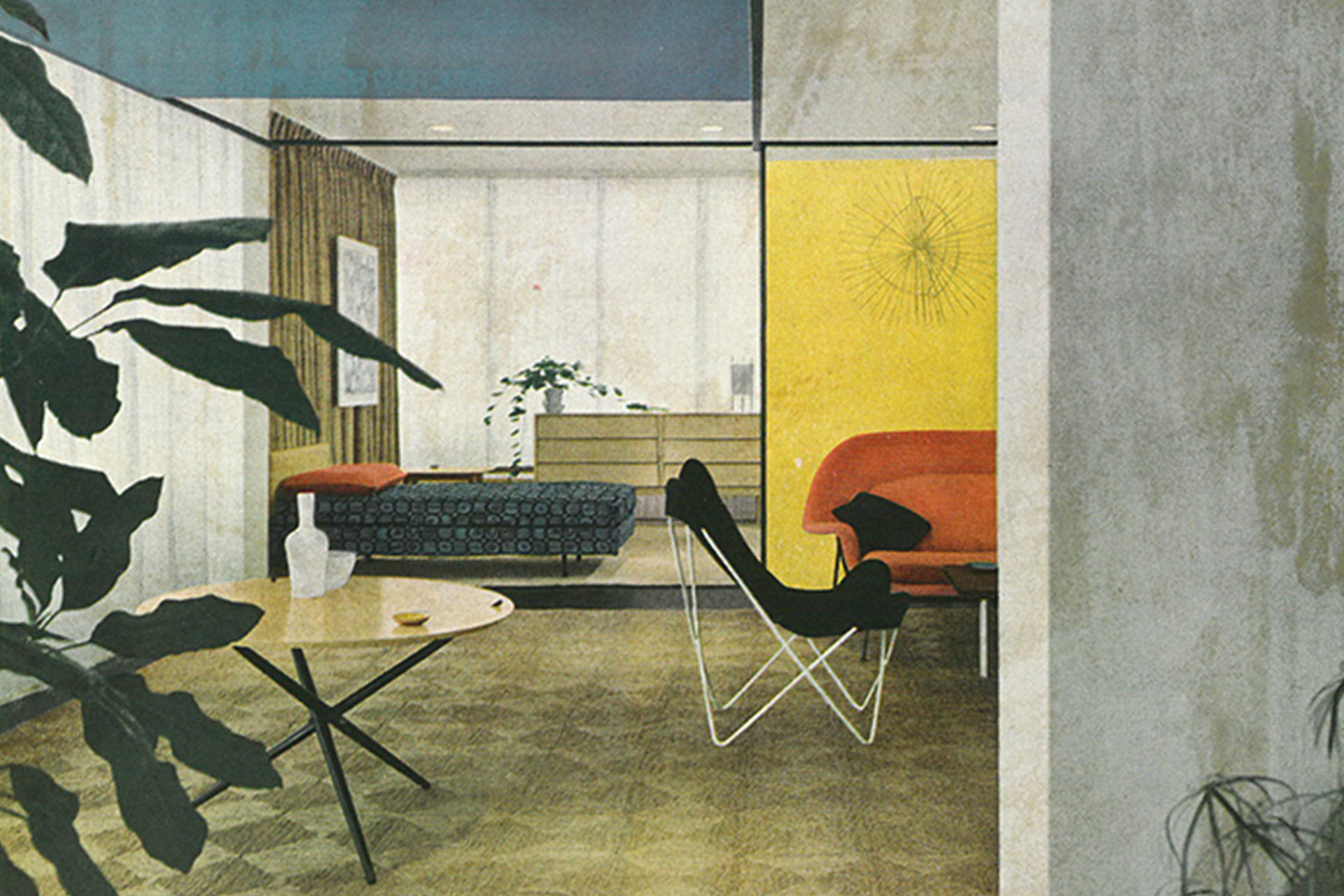
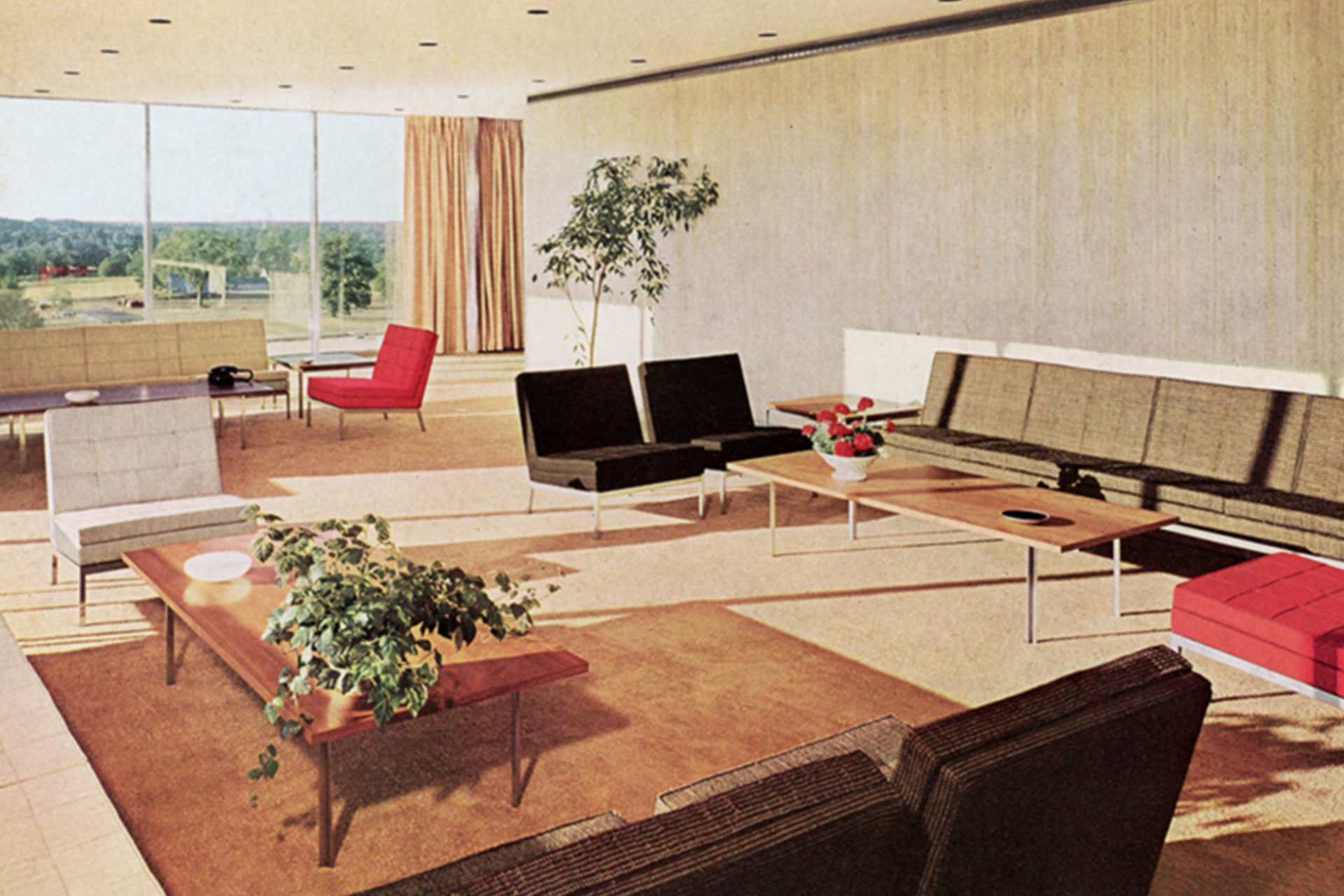
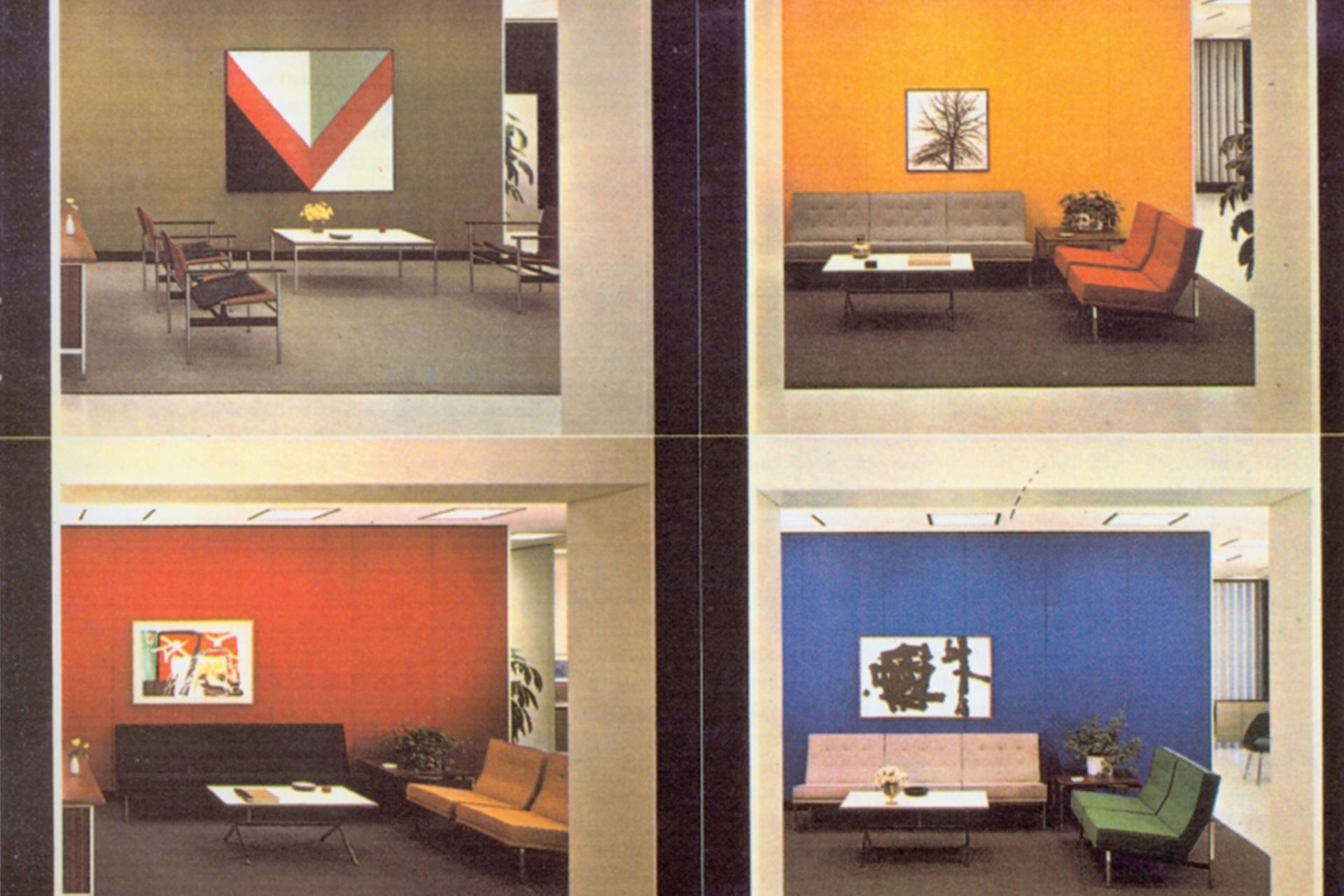
She also contributed with her own furniture design with great care for details, proportions, material and aesthetics. She died at the age of 101 and her contributions to Knoll and modernism are still visible.
More about Florence Knoll
Knoll official website
Knoll
A new book about her work:
No Compromise: The Work of Florence Knoll
Another book with focus on the company Knoll
Knoll: A Modernist Universe

